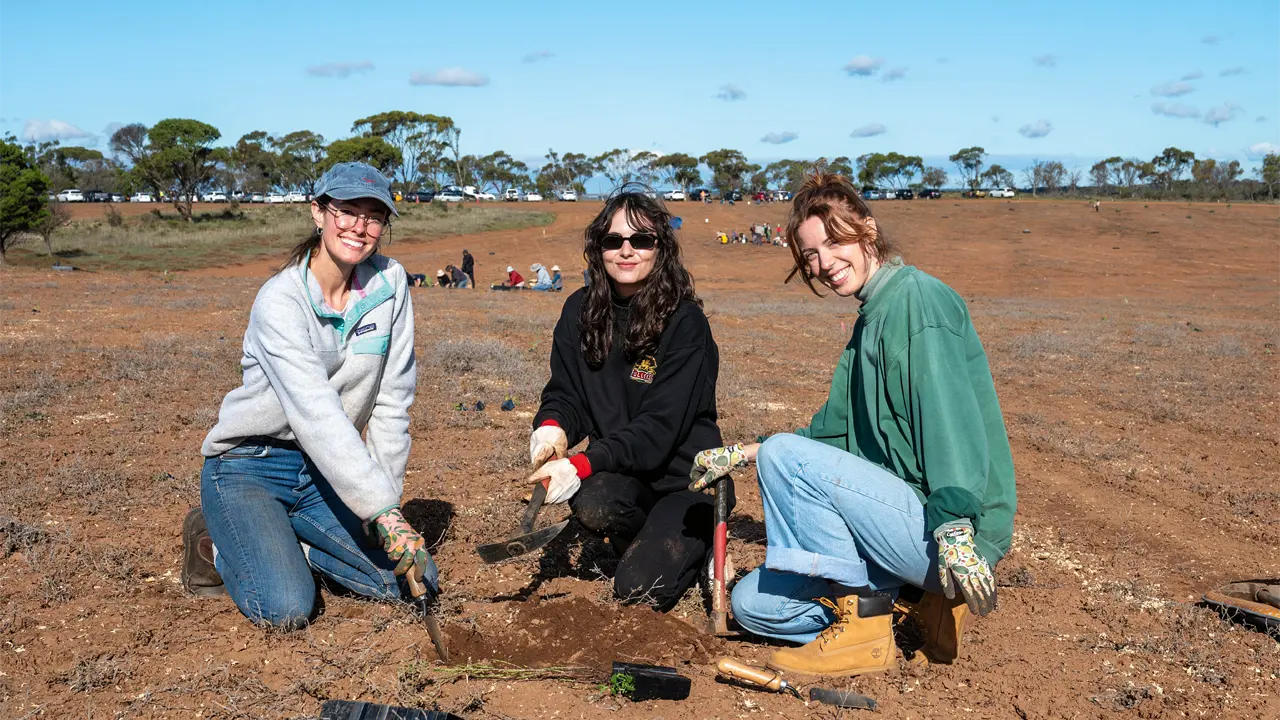Ecologist David Paton has helped establish not-for-profit organisation Bio·R to return parts of the SA bush to its original condition.
Story Anthony Cox Photo Blair Wickham
Bone dry and in desperate need of a drink, the soil beneath Frahns Farm despairs as overcast clouds tease from above, refusing to provide even a drop. A gentle gust is enough to blanket a ute in a fresh coat of beige. “From mid-October to March we had only 14mm of rain here,” says David Paton, ecologist and former associate professor at the University of Adelaide. Frahns Farm is a former sheep grazing property near Monarto in SA’s Mount Lofty Ranges. It sits under a rain shadow, receiving 40% less moisture than the neighbouring region.
Yet this is not the quandary being discussed by David and 3 of Bio·R’s regular volunteers over lunch under the shade of a eucalypt. “I’m pretty sure the plants would have survived even though it was dry, but the kangaroos have just decimated everything,” David says. “There would have been close to half a million direct seeded plants coming up, but in a period of 6 weeks they cleaned up the whole lot.”
Bio·R is a not-for-profit organisation that David established in 2007, with the aim of rebuilding habitats in degraded landscapes and saving rapidly declining native species. “This region of the Mount Loftys has been heavily cleared and has only 10% of its vegetation left,” he says. “If you want to live in a region and have the biodiversity of that region present, you have to have 30%. Ten woodland bird species have already gone from this region, and another 60 species continue to decline.
“In the next 70–75 years, one needs to be putting back 150,000ha of habitat across the Mount Lofty region. By 2032, we hope to be planting 100ha of cleared land with native plants and by 2045, 1,000ha.
This story excerpt is from Issue #160
Outback Magazine: April/May 2025










